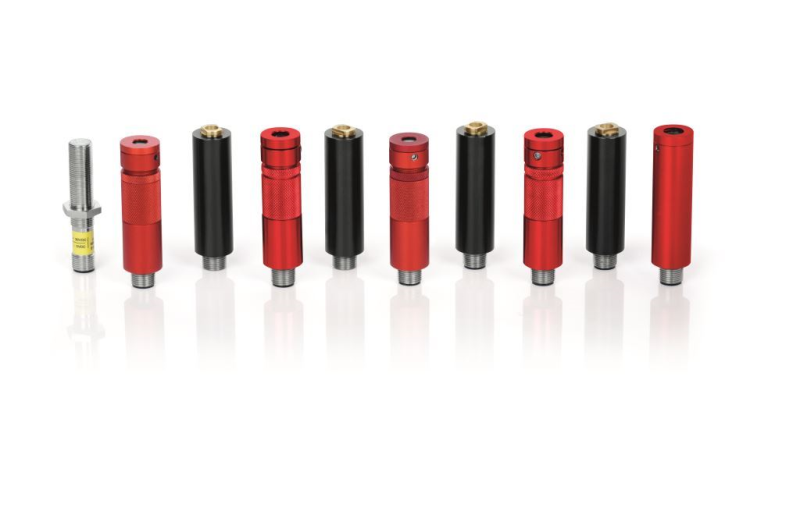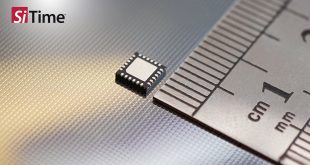Before an excimer laser can be used in refractive surgery the entire system must be aligned to the patient, commonly through non-contact means. Laser modules provide this non-contact solution and support the alignment in multiple roles.

Cross-hair lasers help, for example, in the positioning of patients along the x- and y- axes, as well as the working height from the patient to the excimer laser. Prior to actual surgery, the patient is at risk of staring into the laser beam. Similar to laser material processing, these patient alignment lasers provide a pilot light indicating the working point of the invisible excimer laser.
In order to prevent accidental damage to the eyes of the patient the alignment laser modules must guarantee the following safety measures:
· the output power is a pre-set value that must be guaranteed and may never be exceeded. The sum of the output of all of the auxiliary laser modules may not exceed the restrictions of laser class 1.
· the output power is of a low value, where optical powers within the µW range must be possible.
· all components must be traceable to the manufacturer without any gaps in the supply chain.
· a complete outgoing goods inspection of all components must be ensured.
At LASER COMPONENTS, we fulfil all of the requirements and produce our FLEXPOINT laser modules at our headquarters in Germany, where we are equipped to meet the requirements of medical technology with our quality management system certified according to ISO 13485.
 CIE Components in Electronics
CIE Components in Electronics



